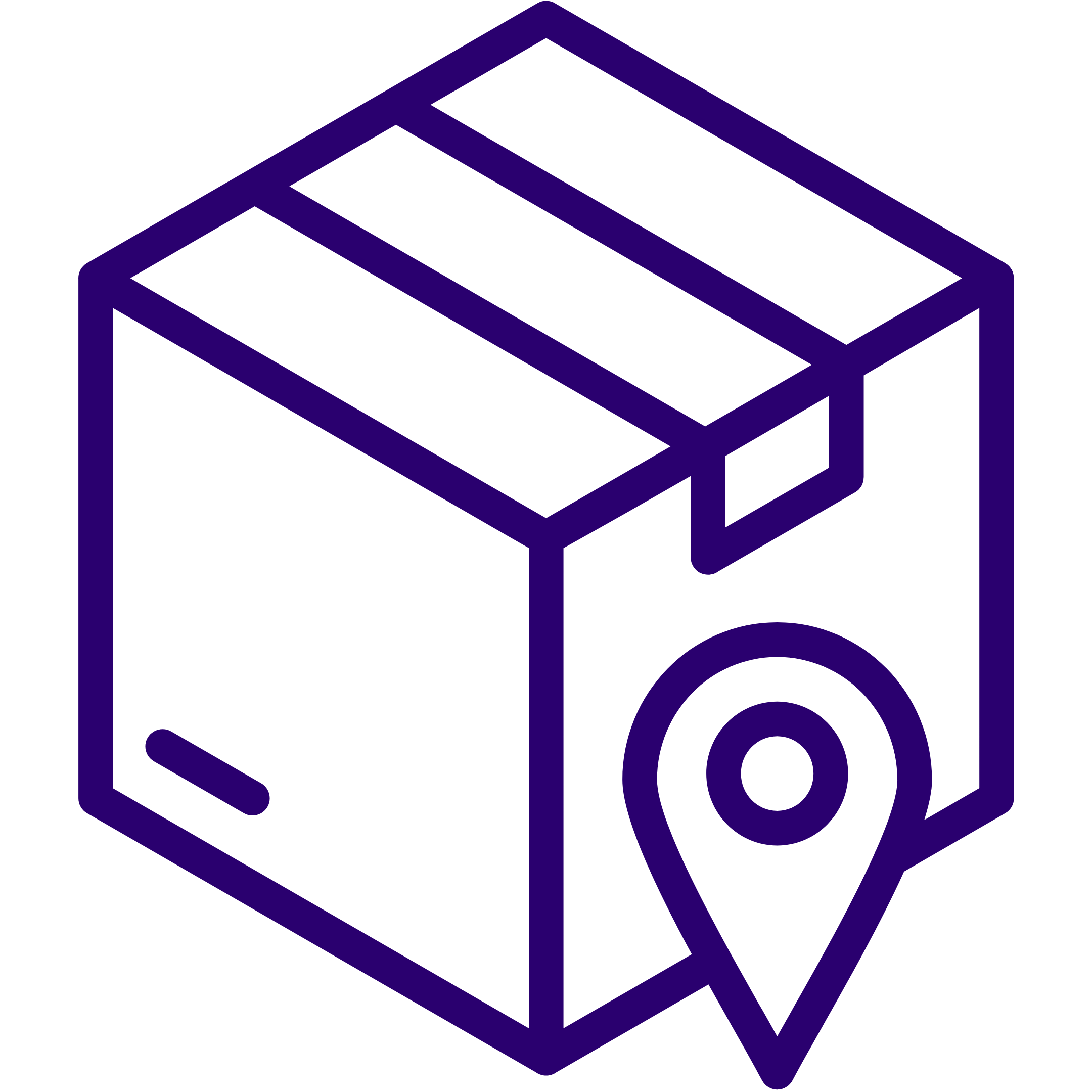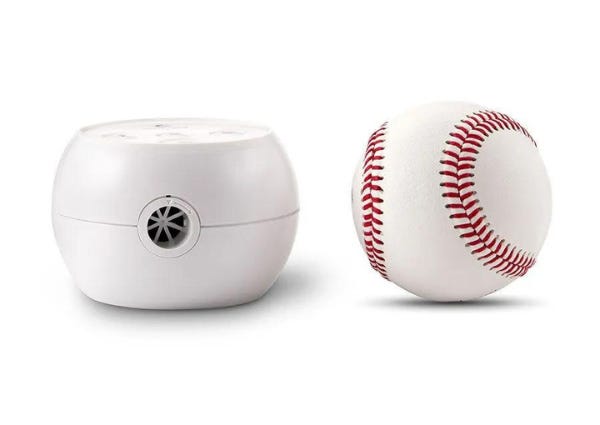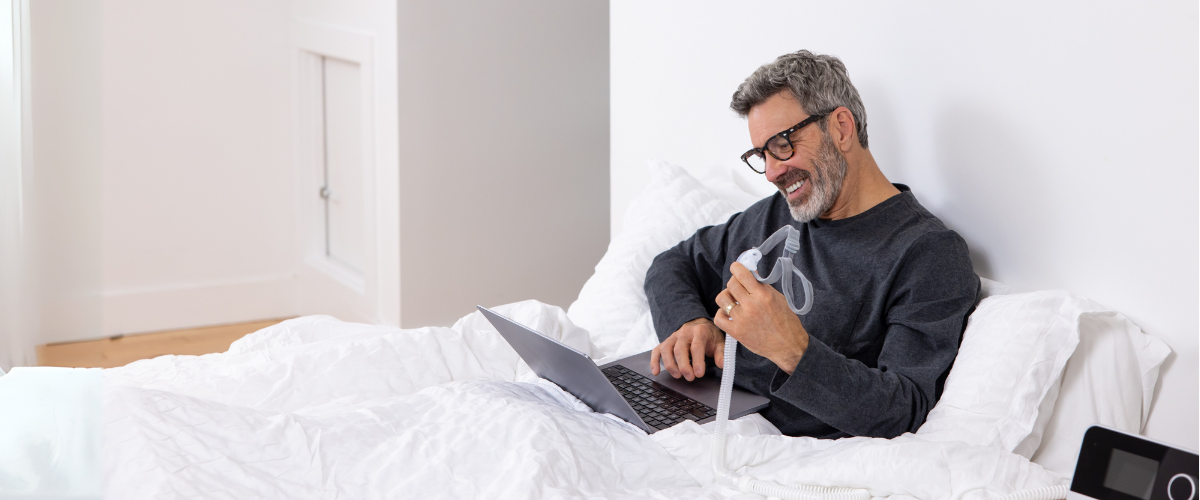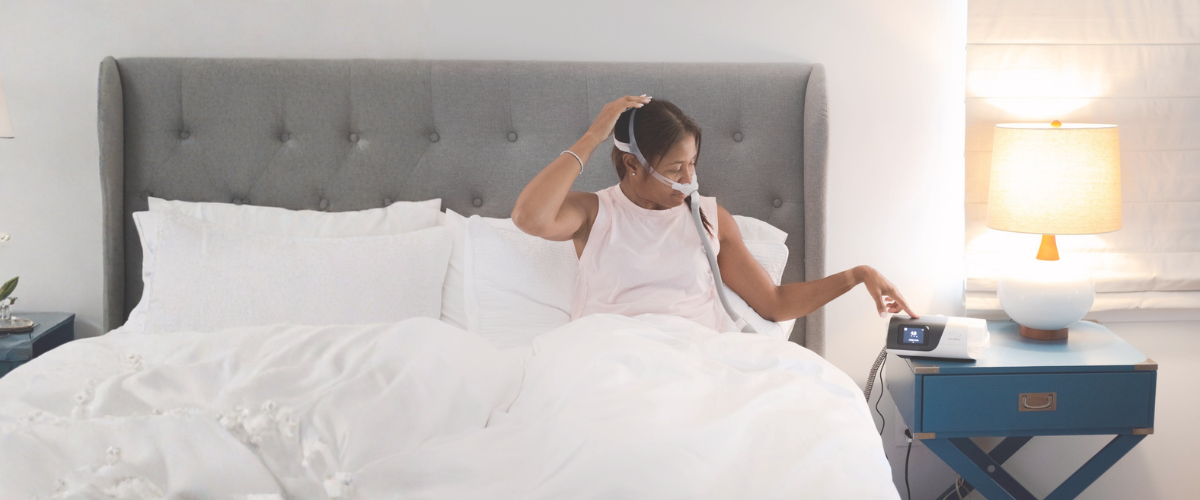Whether you’re flying, driving, or hiking, traveling with your continuous positive airway pressure (CPAP) device takes a little extra preparation. You may even find yourself tempted to skip your CPAP therapy while on the road. But even one night without your CPAP machine can bring back exhausting sleep apnea symptoms– ruining your trip with daytime fatigue, headaches, and irritability. Luckily, we’ve put together answers to some of your most common questions and some helpful tips to turn traveling with a CPAP into smooth sailing.
8 Tips for Traveling With CPAP
1. Make Sure Your CPAP Equipment Is Dry Before You Pack.
Empty your humidifier water chamber and make sure your CPAP device and supplies are completely dry before packing them to prevent mold and mildew.
2. Pack Backup CPAP Supplies.
Even for a short trip, make sure to pack extra supplies like mask cushions, headgear, and filters. These supplies have a way of breaking when you need them most, and nobody wants to play MacGyver just to get a good night’s sleep.
3. Keep A Copy of Your Prescription With You.
You probably won’t need it, but if you had to replace your CPAP mask or machine while on vacation you’d be glad to have it!
4. Bottled Water Is Your Friend.
Even if you’re headed to a five-star hotel, it’s a good idea to bring some bottled water, because you don’t know when or where you’ll find distilled water. It’s important to only use distilled water in your CPAP, because tap water (and even spring water) contains minerals that can build up in your machine and cause it to break down in time.
This is especially important if you’re traveling to a location where you’re advised to not drink the local water. If the tap water isn’t safe to drink, you probably shouldn’t inhale it either.


5. Stock Up On CPAP Wipes.
You don’t want to waste your bottled water on cleaning your CPAP supplies. CPAP wipes are a fast and easy way to make sure your mask and machine stay clean. Plus, the alcohol-free formula is good for more than just CPAP equipment!
6. Make Sure You Have the Right Power Supply.
If you’ll be traveling internationally, you may find that your power cord isn’t compatible with the local power outlets. Most modern CPAPs will automatically correct for the difference in voltage (110v in America vs 220v in most of Europe), but you’ll likely need an adapter to fit the outlet.
7. Get A Second Battery Pack.
Even if you’re heading to a location with ample power, you never know what might happen along the way. Maybe your flight gets delayed. Maybe your campsite doesn’t have an outlet. Maybe your hotel experiences a power outage. No matter what, having a battery or two can help protect your sleep health from unforeseen problems.
8. Invest in a DC Converter.
A DC converter is an inexpensive way to multiply your power supply options. DC adaptors allow you to power your CPAP (or charge your battery) from solar panels, USB ports, cigarette lighter style outlets, and even car batteries.
6 Travel Tips For Flying with CPAP
Just because you are boarding an airplane does not mean you should forgo sleep apnea therapy. Most newer CPAP machines, and nearly all travel CPAP machines, are FAA-approved for in-flight use. Here are some more tips for CPAP users specific to air travel:
1. DON’T Check Your CPAP.
It’s rare that your luggage will get lost, stolen, or damaged, but it does happen– and it’s not worth the risk to your health. Simply keep your CPAP with you on the airplane in its carrying case.
2. DON’T Pack Your CPAP In Your Carry-On Bag.
Since a CPAP machine is considered medical equipment, airlines legally cannot consider it a carry-on item. (The same holds for APAP and BiPAP machines, as well.) So pack your CPAP in its own travel bag, and save the space in your carry-on bag for other personal items... and maybe a snack or two.
3. Keep Your CPAP Documents With You.
In addition to a copy of your prescription, it’s a good idea to print a copy of your manufacturer’s FAA compliance notification. (Here’s an example of a travel compliance letter from ResMed.) The flight crew will probably be familiar with CPAP machines, so you likely won’t need these documents, but in the rare chance that a question arises, these documents will save you time and hassle.
4. Call the Airline at Least 48 Hours Ahead of Time.
It’s a good idea to call ahead or go online and confirm the airline policies. While they must allow you to take your CPAP onboard, they have final say on in-flight use. While you’re talking to them, ask if you can request a seat with access to a power outlet.
If a seat with an outlet is not available, be sure to bring an FAA-approved CPAP battery.
5. You’re Allowed to Pack Up to 3.4 Ounces of Distilled Water.
Keeping a small amount of distilled water in your carry-on bag will be a big help if you need to use your CPAP in-flight, or soon after landing. You’re allowed to pack more than that in your checked luggage, too. As mentioned above, be sure to only use distilled water, as tap water can lead to the build up of minerals which can damage your CPAP device.
6. Invest In a Portable CPAP with Waterless Humidification.
If you’re a frequent traveler, having a travel CPAP can be a huge advantage. Look for a model that features waterless humidification, like the ResMed AirMini. The AirMini’s HumidX system uses the moisture from your own breath to humidify your airflow, saving you from the hassle of packing extra water.
Another portable option is theTranscend Micro Auto Travel CPAP Machine by Somnetics. While it doesn't offer humidifcation, it's still a solid option for on-the-go therapy, and its small size makes it an especially appealing option.
3 Tips for Going Through Airport Security with CPAP
TSA agents will not be surprised by your CPAP machine. Millions of people use CPAP every night and have successfully flown with their CPAP machine. However, you will be required to allow it to be inspected. Here are some tips for getting your CPAP through security checkpoint quickly (and cleanly):
1. Pack Your CPAP Machine In a Clear Plastic Bag.
You’ll need to take your CPAP machine out of its carry case to go through the x-ray scanner, but you can leave it in a clear plastic bag. If you forget to bring a bag, you can request one from the TSA agent. (Your face mask and tubing are allowed to stay in your travel bag.)
2. If They Need to Touch It, Ask For New Gloves.
Your CPAP may need to undergo an Explosive Trace Detection test. A small white swab is run over the machine and then analyzed for trace amounts of explosives. They’ll need to open your clear plastic bag for this, but you can request that gloves be changed and a new swab be used.
3. Use a Medical Device ID Tag.
Most TSA agents will recognize healthcare equipment, but a medical ID tag can make the process move along faster. These tags are an inexpensive way to quickly separate your CPAP from other electronic devices.


Conclusion
This travel season, don’t get grounded! As a CPAP user, you are not limited to home treatment. Remember that your CPAP device is sleep medicine, and it is unsafe to sleep without your CPAP machine when you have obstructive sleep apnea. Take it with you wherever you go that you may sleep, and sleep well!














